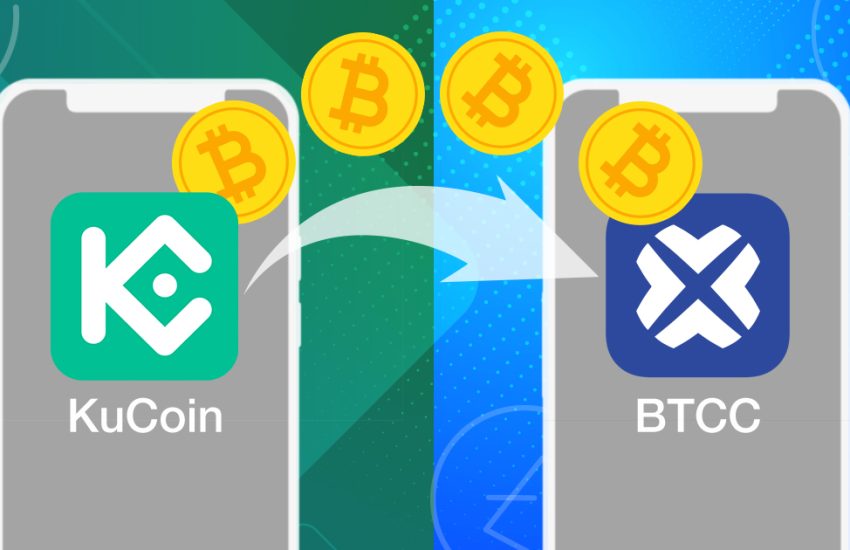Understanding NFTs: Past, Present and Future

NFTs first captured the attention of the public and investors alike in 2017. The first NFT that entered the limelight was a series of pixel-based avatars called CryptoPunks in October of 2017. Some of which have been sold for millions of dollars. NFTs gradually grew over the next three years and exploded in 2020, witnessing 30,000 to 80,000 NFTs being traded each week. 2021 has been a year of massive growth for NFTs with record breaking sales. For example, the first known the viral internet video “Charlie bit my finger” was sold for $ 760K USD in May 2021; the Nyan Cat GIF above was sold as an NFT 10 years after its creation for almost $600K USD; Twitter CEO Jack Dorsey sold his first tweet with the accompanying text “”just setting up my twttr.” for $2.9M USD in March 2021.
New and developing NFT marketplaces, decentralized apps and other supporting blockchain solutions are encouraging applications of NFTs in diverse sectors. People are drawn to NFTs because of its promising economic potential and its transformative effects on conventional asset management (removal of intermediaries, allowing artists to connect with audiences directly, simplification of transactions and supporting identity management).
What are NFTs?
Non-fungible tokens (NFTs) are unique digital assets that cannot be replaced with other tokens of the same kind. NFTs could be anything from drawings, music, tweets, video game items, memes, sports memorabilia, virtual kittens collectibles. For example, Cryptokitties, a blockchain game on Ethereum that allows people to breed, own and trade virtual kittens priced in ether. They have been sold for an estimated $40 million USD on the CryptoKitties exchange.
How do NFTs work?
NFTs run on a blockchain, where they are never to be edited or changed. This is how ownership of the NFTs are verifiable and its contents immutable. Therefore, when you buy an NFT, you are buying a digital recording of ownership of a token which can be stored in your digital wallet. They also give creators the opportunity to receive a percentage of sales every time their art changes hands by programming in royalties. Creators can upload their art and set their own prices on NFT marketplaces while keeping their profit except for basic transaction fees when selling their NFTs.
Why are NFTs so valuable?
As NFTs are encoded into the blockchain network, they can also be perceived as digital certificates of authenticity as proof of originality and ownership. However, they are different from cryptocurrencies because cryptocurrencies are “fungible”, meaning they are readily interchangeable and identical to one another in value so can be used as a medium for commercial transactions. The same goes for fiat currencies like the US dollar bill. Physical things in real life are also non-fungible, such as houses, art pieces, cars and more. Essentially it is the fact that NFTs are impossible to turn into fungible ones that give them liquidity premium.
Other factors that contribute to NFTs’ high value:
– The perception of the buyer, how much someone is willing to pay for it?
– Their utility (for example, as game assets and tickets)
– Cultural significance
– Past ownership (reselling NFTs that were previously owned by prominent individuals)
– Future value (driven by scarcity of supply and demand)
The Future of NFTs
It is still debatable whether NFTs are a short-term FAD or a sustainable investment trend since it is still an immature market. However, as high-profile NFT sales and lesser-known artworks enter the market, some critics say that the massive influx of investors and creators will eventually peter out while only truly rare NFTs will continue to thrive.
On the other hand, businesses have begun taking interest in the technology and are working towards the integration of blockchain technology into their business processes. Recently, Taco Bell launched gifs that were sold out in half an hour, and NBA is using the marketplace NBA top shot to trade digital collectibles.
It is indisputable that blockchain technology is changing the future of art and trade. Possibilities of physical things going digital like stamps, baseball cards, drawings, music in different variations are infinite. More efficient ways of conducting business with blockchain transactions will create a more transparent market as the technology evolves.
Perhaps we may be some years away from the hype to level off and achieve steady organic growth as even more investors appreciate the value and applications of NFTs.




